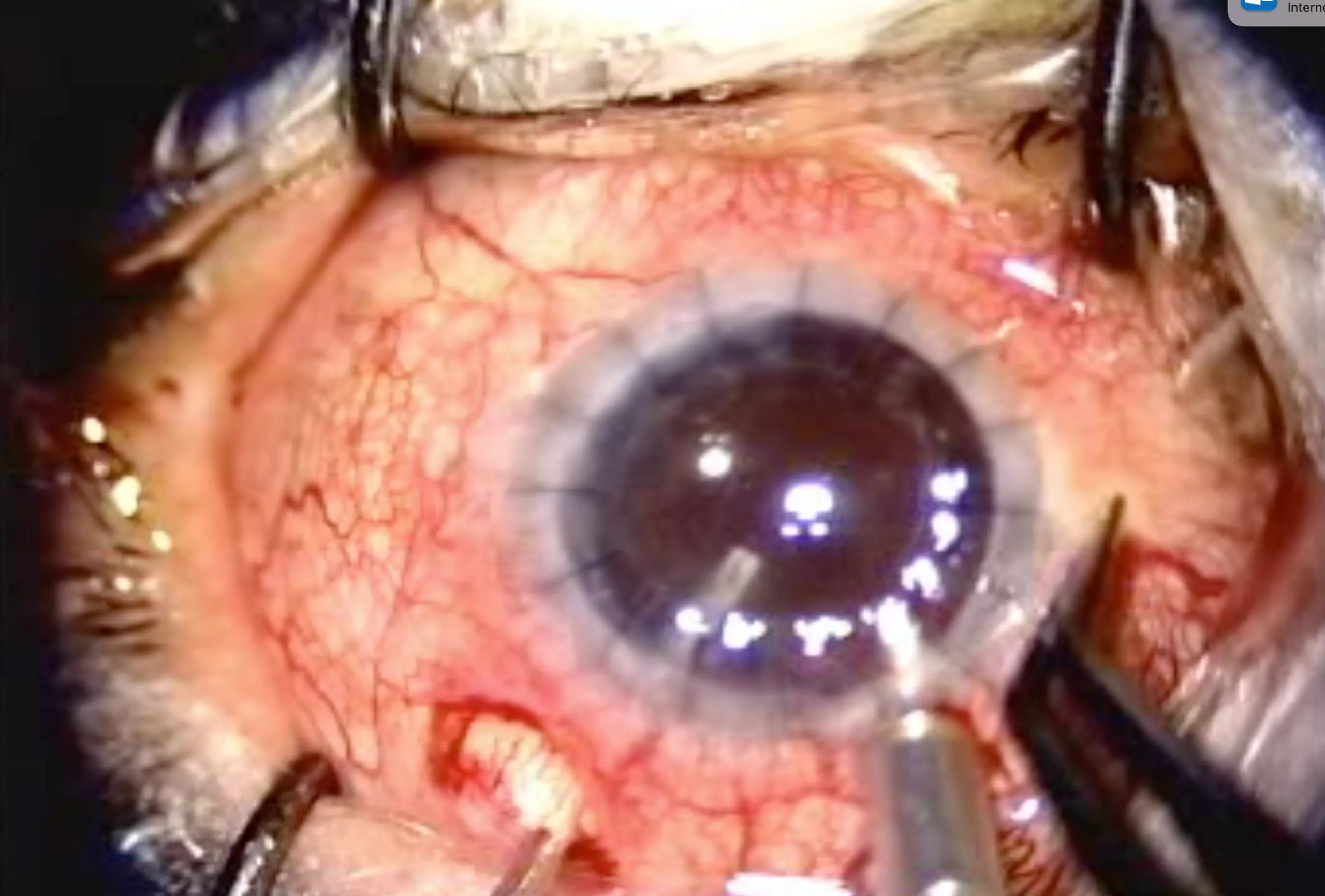 Roibeárd Ó hÉineacháin reports from the 9th World Glaucoma E-Congress
Roibeárd Ó hÉineacháin reports from the 9th World Glaucoma E-Congress
Breathing exercises based on yogic principles can reduce IOP and improve perfusion of the optic disc in patients with primary open-angle glaucoma (POAG), according to a study presented by Brajesh Lahri MD.
“Mindfulness-based meditation can be used as an adjunct therapy in the management of primary open-angle glaucoma,” Dr Lahri said.
The study involved 60 early to moderate POAG patients with mean age of 51.7 years. All had an IOP of 21mmHg or less on one or two glaucoma medications. None of the patients had ocular comorbidities, and none already practised yoga, meditation, or aerobics in any form, he noted.
Dr Lahri and his associates randomised the patients into two equal groups. All the baseline parameters were comparable in both groups. One group practised 45 minutes of mindfulness-based stress reduction (MBSR) breathing exercises under the guidance of a trained yoga teacher. The other group served as controls. Both groups continued their routine glaucoma medications.
“The MBSR technique mainly involves taking long and deep breaths and focusing attention on the natural, relaxed flow of air going in and out of the body. The exhalation should last longer than inhalation with a pause between each breath,” Dr Lahri explained.
IOP DECREASED, OPTIC DISC PERFUSION INCREASED At the six-week follow-up, patients in the MBSR group had a statistically significant reduction in IOP, from a baseline value of 18.46mmHg to 15.34mmHg. They also had improvements in all of the optic head perfusion parameters measured with OCT angiography. The improvements included an increase in circumpapillary vessel density from 15.8% to 17.4% in the superior quadrant and 14.2% to 16.5%, in the nasal quadrant.
Furthermore , the patients’ circumpapillary vascular perfusion increased from 38.9% to 41.1% in the superior quadrant, 42.2% to 44.5% in the inferior quadrant, 40.1% to 43.8% in the temporal quadrant, and 40.6% to 42.8% in the nasal quadrant. All of these changes were statistically significant. There was a statistically significant increase in flux index (0.38 to 0.40).
In contrast, the control group had no statistically significant change in IOP—which was 18.1mmHg at baseline and 17.65mmHg at six weeks. The control group also did not have significant changes in IOP circumpapillary vessel density and circumpapillary vascular perfusion.
Dr Lahri suggested MBSR may reduce IOP by a parasympathetic-driven relaxation response, an upregulation of nitric oxide production, a reduction of serum cortisol levels, and an increase in serum melatonin levels. It’s the first study documenting an increase in the Optic Nerve Head Perfusion following a short course of MBSR. He added MBSR may increase optic disc perfusion through a reversal of autonomic dysfunction, an increase in parasympathetic activity, and increased nitric oxide levels in the aqueous and plasma.
Brajesh Lahri MD practices at Dr RP Centre for Ophthalmic Sciences, All India Institute of Medica Sciences, New Delhi, India and can be contacted at drbrajeshlahri@gmail.com








